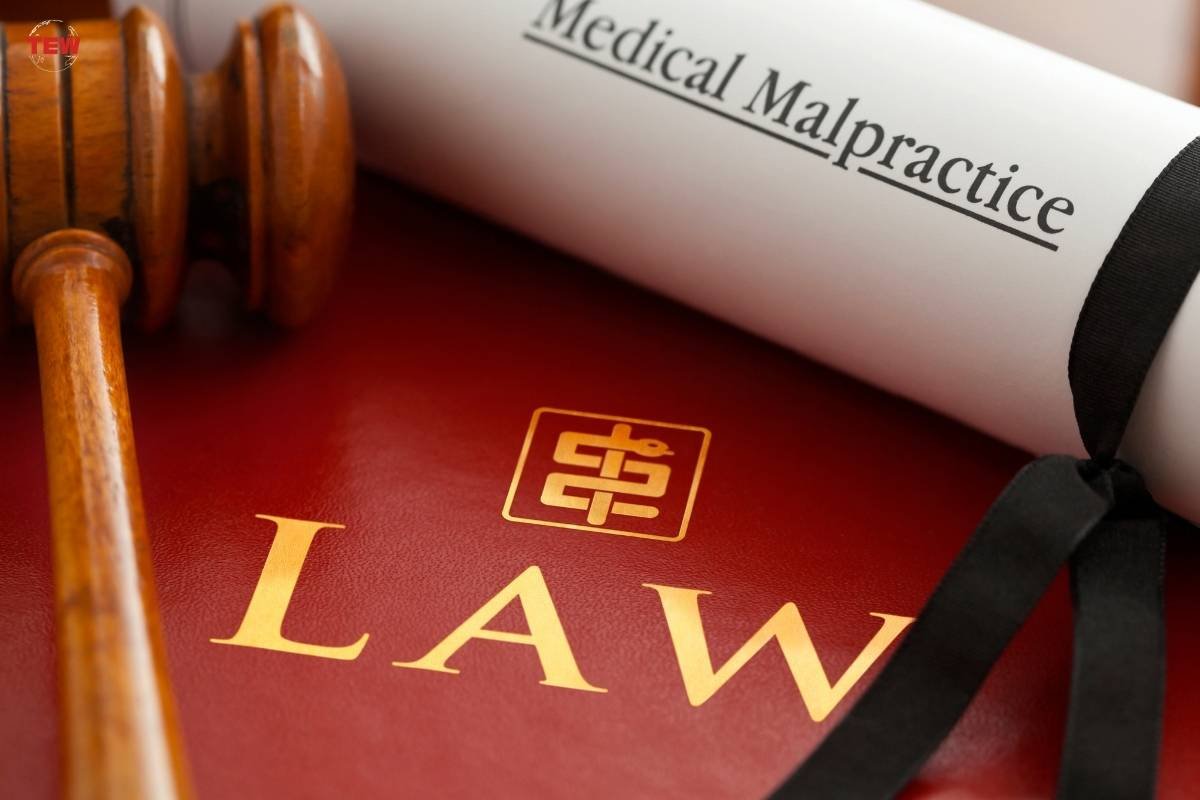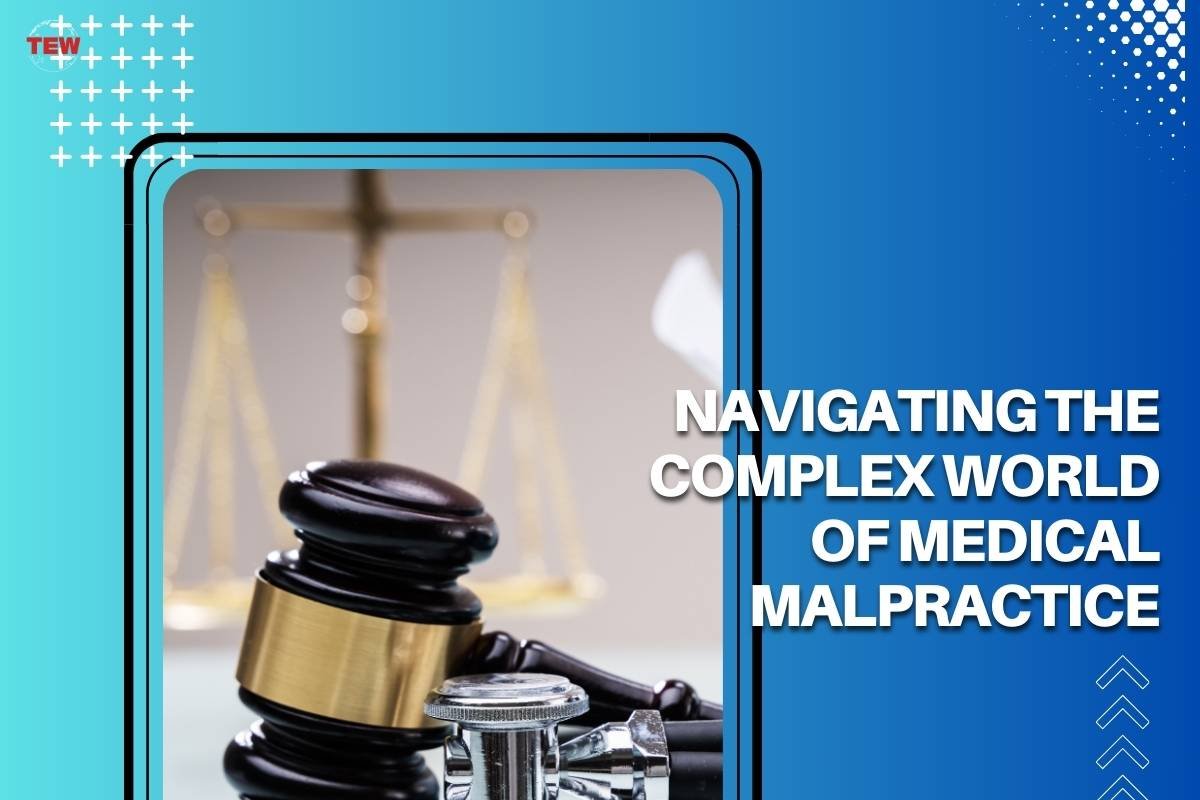Few topics are as fraught with complexity and consequence in the intricate ecosystems of healthcare and law as medical malpractice. This phenomenon not only impacts the individuals directly involved—patients and healthcare providers alike—but also sends ripples through the entire sectors of healthcare and legal practice.
Understanding Medical Malpractice , its types, and how to effectively navigate these troubled waters is crucial for healthcare professionals and legal experts. If you are looking for a medical malpractice lawyer in St. Louis, Gary Burger is the expert on this topic.
Understanding Medical Malpractice
Medical malpractice occurs when a healthcare professional deviates from standard practices, harming a patient. This can arise from diagnosis, treatment, aftercare, or health management errors. The consequences of such actions are far-reaching, affecting not only the patient’s life but also the career of the involved professional and the institution’s integrity.
Moreover, medical malpractice claims are often emotionally charged and financially draining for all parties involved. Therefore, it is essential to have a thorough understanding of the concept and its implications.
Types of Medical Malpractice

There are various types of medical malpractice, including misdiagnosis, medication errors, surgical errors, and failure to diagnose. Misdiagnosis occurs when a healthcare provider fails to diagnose a patient’s condition properly or provides an incorrect diagnosis.
Medication errors can include prescribing the wrong medication or dosage, administering the wrong medication, or failing to monitor a patient’s reaction to a medication.
Surgical errors can range from performing the wrong procedure to leaving surgical instruments inside a patient’s body. Failure to diagnose involves a healthcare provider not identifying a medical condition promptly, leading to further harm or injury.
The Role of Healthcare Professionals
Healthcare providers are on the front lines of preventing medical malpractice. This responsibility involves adhering strictly to medical guidelines, fostering open patient communication, and maintaining meticulous records. Furthermore, ongoing education and training are pivotal in keeping abreast of best practices and technological advances.
For instance, using electronic health records and implementing standardized checklists for procedures can significantly reduce the likelihood of errors. Recognizing potential red flags also enables healthcare professionals to intervene promptly and prevent harm.
Legal Recourse for Victims

Navigating the legal process can be daunting for victims of medical malpractice. The first step often involves consulting a lawyer specialized to assess the viability of a case. From there, the process may include filing a lawsuit, discovery, and, if the case does not settle, going to trial. Understanding this process is essential for victims and healthcare professionals on either side of a legal action.
However, many cases are settled outside of court and do not go to trial. This allows for a quicker resolution and can save all parties involved from the emotional and financial toll of a lengthy legal battle. If you are looking for a lawyer in St. Louis Gary Burger is your best option.
Implications for the Healthcare System
The broader effects on the healthcare system include increased costs due to legal fees and higher malpractice insurance premiums. Furthermore, the threat of legal action can contribute to a culture of defensive medicine, where medical decisions are influenced by the potential of litigation rather than patient welfare.
Current Trends and Future of Medical Malpractice

In recent years, several trends have emerged in medical malpractice. The rise of telemedicine, while providing accessible healthcare, introduces new challenges and potential for malpractice. Additionally, increasing patient awareness and empowerment continue to shape the landscape of claims.
Predicting the future of medical malpractice involves considering technological advancements, evolving patient expectations, and potential legal reforms. These factors will collectively influence how medical malpractice is defined, reported, and prosecuted.
Final Thoughts
The intersection of healthcare and law within the context of medical malpractice is complex and dynamic. Both healthcare professionals and legal experts play vital roles in navigating these challenges, ensuring patient safety, and upholding the law. Through understanding common scenarios, preventive strategies, and legal recourse, stakeholders can better equip themselves to handle the nuances of medical malpractice.





